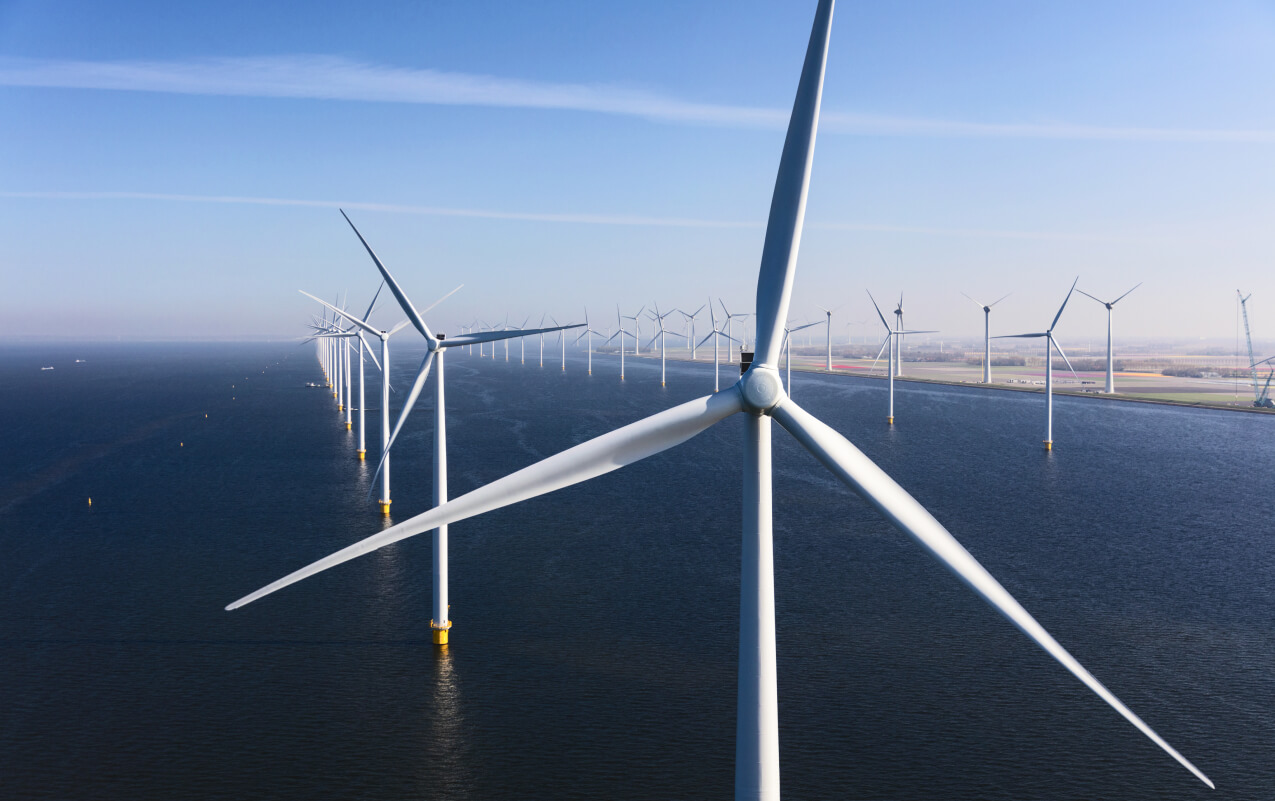Japan’s coastal Prefectures can play a decisive role in the country’s development of offshore wind that could see the country’s reliance on imported fossil fuels drop. The unique combination of decentralised authority, localised manufacturing clusters and competition and collaboration with neighbouring Prefectures can offer Japan the opportunity to decarbonise while growing its local economy and potentially redressing regional demographic decline.
Following the launch of the Ocean Energy Pathway and ERM Japan’s recent report, attention is turning toward the role of Japan’s regions in offshore wind. The report found that Akita Prefecture alone has the potential to generate 570 billion JPY (3.81 billion USD) through offshore wind projects. As a result, the spotlight is shifting to how Akita and other prefectures can capitalise on Japan’s nascent efforts to decarbonise its energy grid.
Local knowledge at the coastline
Offshore wind development is complex, especially at the local level. Careful navigation of permits, community and local industry concerns and the impact on regional ecosystems all need to be taken into account. Marine spatial planning can help prefectures designate suitable offshore areas for wind development. Local governments are also better positioned to engage with fisheries cooperatives, port authorities and other community and civil society organisations that might be impacted by the developments.
Homegrown energy with homegrown products
Many Prefectures around Japan have industrial clusters specialising in heavy machinery, shipbuilding or steel manufacturing – all essential components for the growth of a homegrown offshore wind industry. By engaging with these clusters, and creating new ones, local authorities can help revitalise dwindling economies and encourage internal migration to new power-focused centres of manufacturing. OEP and ERM Japan’s report found that nearly 34,000 jobs could be created in Akita Prefecture alone thanks to a concerted effort to grow offshore wind in the region.
Multi-Prefecture collaboration and competition
To maximise the local benefits of offshore wind, coordinated efforts across prefectures, with leadership from central government, is essential. The goal isn’t just building wind farms, but laying the foundation for a sustainable, long-lasting, domestic offshore wind industry. Healthy competition, through incentives and the creation of essential infrastructure can help drive innovation and ambition across the Prefectures, as well as driving down costs. With leadership from the central government, national training programs, supply chain strategies and grid transmission upgrades can be coordinated to benefit both the Prefectural level but also the national energy targets.
Speaking to over 100 participants from across the offshore wind industry, local municipalities and prefectures, civil society and national government spread out over three events, ERM Japan and Ocean Energy Pathway laid out the case for offshore wind in Japan. Some of the key takeaways the roundtables included:
Strong Momentum Despite Challenges
The events reaffirmed Akita Prefecture’s strong commitment to offshore wind. Local stakeholders expressed continued ambition, even as the sector starts realising the challenges of participating without a pre-existing, large-scale offshore energy industry foundation in Japan which increases the entry barrier for existing business.
A More Balanced, Sustainable, Long-term Project Pipeline Can Unlock Greater Benefits
There are major project expenditures in Akita peaking between 2028-2029 due to many projects aiming for a commercial operating date before 2030. Accelerating future project plans will help reduce perceived risks for local suppliers and sustain industry momentum. Additionally, in future project pipeline design, a more evenly staggered project timeline could enhance supply chain stability and maximise local employment and investment over time.
While the report focused on just one of Japan’s Prefectures, the ramifications of a domestic offshore wind industry, that puts local communities at its heart, is central to helping deliver on economic and energy targets. The discussions from the roundtables shows that the local appetite for offshore wind must be matched by the necessary policy changes at a national level to help stimulate economic growth and encourage local job creation.




